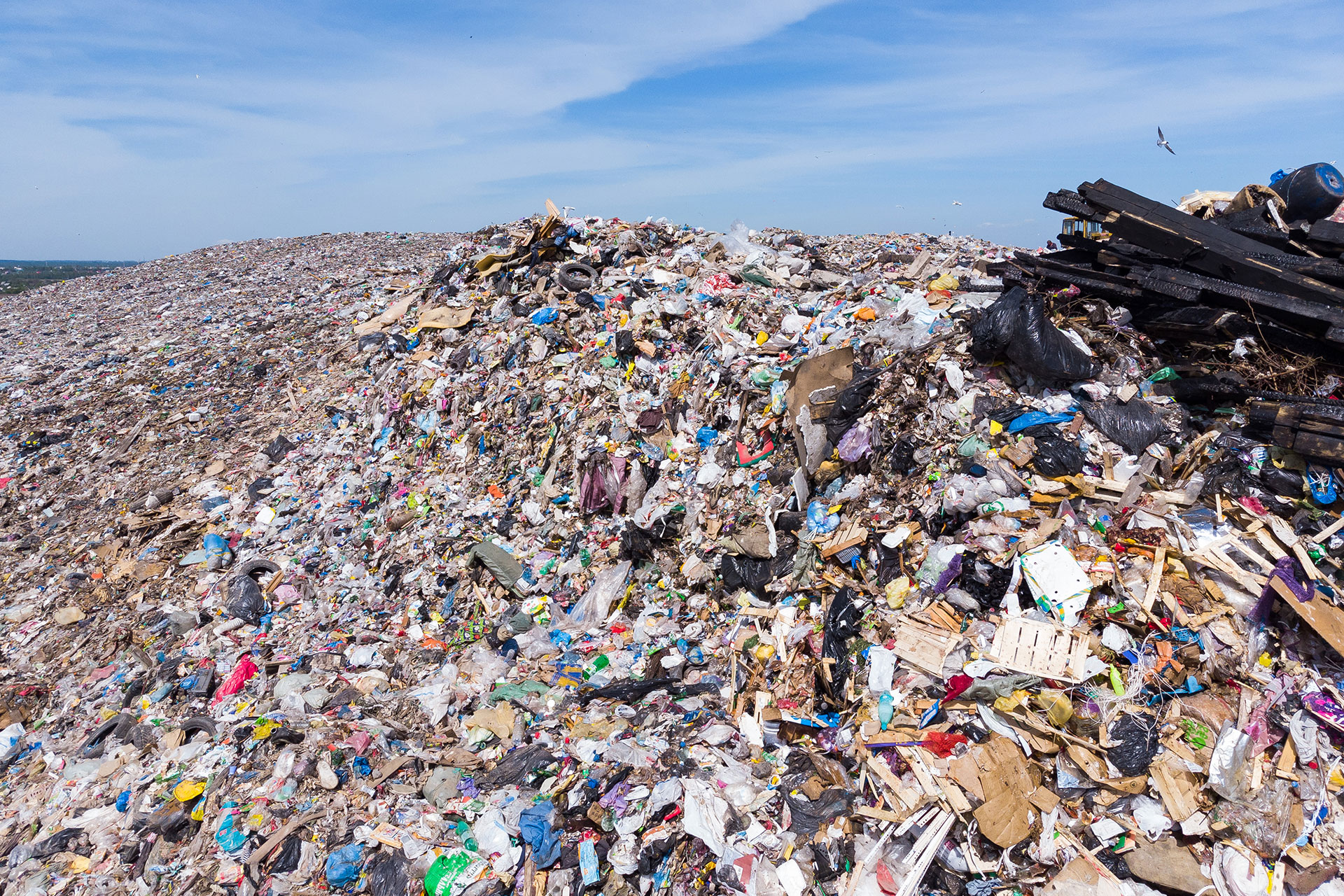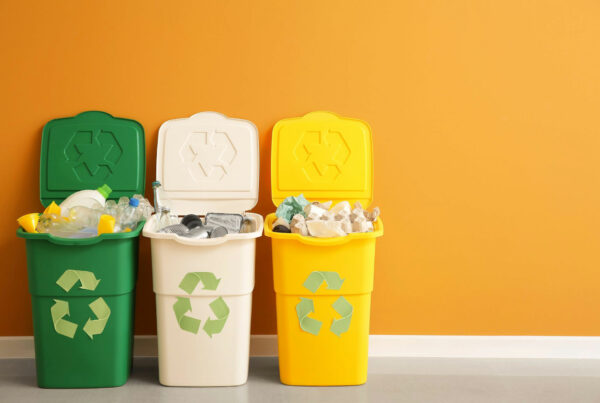Food waste isn’t just food. It is defined as any food and drink substance intended for human consumption that ends up in a waste destination.
Food waste destinations include:
- Landfill (excavated sites)
- Incineration (not bonfires or incinerator bins)
- Anaerobic digestion (process converting waste to biogas and biomas)
- Composting and land application (using organic waste to enhance soil quality)
- Sewer or wastewater (down the drain)
- Ploughed-in (non-harvested crops tilled into the field).
Waste occurs because the product is past it’s ‘use by’ date and is therefore unsafe to consume, OR because it is surplus and not redistributed or recycled, despite being good enough to do so.
UK Statutory Guidance states that disposal (waste) should only happen if redistribution, recycling, and recovery (waste prevention) options are not possible. All too often, surplus goods are wasted unnecessarily.



